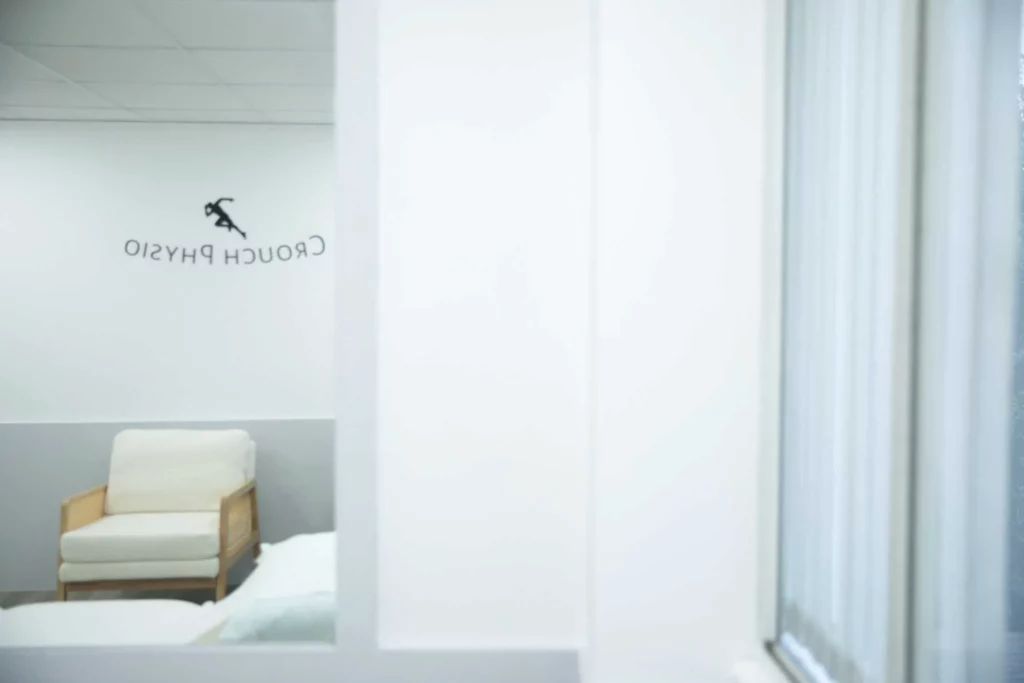Shin splints—those frustrating pains that can sideline even the most determined of runners —are a common issue for athletes of all levels. Whether you’re a seasoned marathoner or someone just starting out on the treadmill, chances are you’ve experienced the stabbing discomfort in your shins that makes every step feel like you’re pounding your bones against a brick wall.
From a physiotherapist’s perspective, there’s a lot of confusion around how to manage and prevent shin splints. Some people think it’s okay to push through the pain, while others throw in the towel too early. Both approaches can prolong recovery and lead to more severe injuries down the line. So, let’s dive into the do’s and don’ts of shin splints management, backed by real, relevant research.
What Are Shin Splints?
Shin splints, medically referred to as medial tibial stress syndrome (MTSS), involve inflammation of the muscles, tendons, and bone tissue around the shinbone (tibia). They’re often caused by repetitive stress, such as running, jumping, or other high-impact activities. Typically, the pain occurs along the inner edge of the tibia, and without proper care, can escalate to more serious issues, like stress fractures.
The Do’s of Shin Splint Care
1. Do Rest, But Stay Active in a Smart Way
Rest is key to recovery, especially in the early stages of shin splints. However, that doesn’t mean you should completely stop moving. Engaging in low-impact activities like swimming, cycling, or even gentle yoga can help maintain fitness without further straining your shins. It’s all about balance—giving your shins a break while keeping the rest of your body in shape (1).
2. Do Gradually Increase Activity
One of the biggest mistakes people make is returning to their previous levels of activity too quickly. Progress should be gradual. Physiotherapists recommend increasing your workload by around 10/15% per week, as this slow progression significantly reduces the risk of shin splints returning. Remember, patience is your friend here!
3. Do Strengthen Your Lower Legs
Weakness in the muscles surrounding the tibia can contribute to shin splints. Strengthening the muscles in your lower legs—particularly your calves and the muscles around your feet—can help prevent future flare-ups. Exercises such as calf raises, resistance band foot exercises, and toe taps should become part of your regular routine (2).
4. Do Wear the Right Footwear
Your shoes play a massive role in preventing shin splints. Footwear that offers good arch support and adequate cushioning will reduce the stress on your lower legs. If you’re a regular runner, it’s worth checking the wear on your shoes and replacing them before they lose their support. In some cases, custom orthotics might be necessary to correct any structural issues in your feet, like flat arches or overpronation (3).
The Don’ts of Shin Splint Care
1. Don’t Ignore the Pain
Pain is your body’s way of telling you that something’s wrong. Ignoring the discomfort and pushing through the pain can lead to worse injuries, like stress fractures. If you’re experiencing shin splints, listen to your body and take appropriate rest. Continuing to train with pain will likely cause more harm than good.
2. Don’t Rush Back Into Running
Resuming running too soon after experiencing shin splints is a sure-fire way to reinjure yourself. Physiotherapists recommend waiting until you’ve been pain -free for at least two weeks before you consider getting back into high – impact exercise. Even then, it’s important to ease back in with a walk-run programme to allow your legs time to readjust.
3. Don’t Neglect Stretching
Tight muscles can contribute to shin splints by increasing tension on your shinbone. Regularly stretching your calves, hamstrings, and Achilles tendon can reduce this tension and help you avoid future shin splints. Incorporating both dynamic stretches before exercise and static stretches afterwards will help keep your muscles flexible and reduce your risk of injury (4).
4. Don’t Train on Hard Surfaces All the Time
Running on hard surfaces like pavements increases the impact on your shins, which can exacerbate or even cause shin splints. If possible, switch to softer surfaces like grass, trails, or a rubberised track. Even after your shins have healed, varying the surfaces you run on will help prevent reoccurrences (5).
Final Thoughts: Listen to Your Body
The most important piece of advice a physiotherapist can give you is to listen to your body. Shin splints are manageable and largely preventable with the right training habits, proper footwear, and an emphasis on recovery. Don’t rush the healing process; give your body the time it needs to recover, and you’ll come back stronger, faster, and more resilient.
Recovery isn’t a race—slow and steady will get you back to pounding the pavements pain -free!
Our Barnet, Cockfosters & Enfield Physio’s have tons of experience and are specialists in dealing with all elbow issues. Have confidence that our specialist Physiotherapists will closely assess, diagnose & treat you in the correct & evidence-based way for all injuries. You can book an appointment here.
Blog By: Emre Oz (Musculoskeletal Physiotherapist at Crouch Physio).
References
Bhusari, Nikita, and Mitushi Deshmukh. “Shin Splint: A Review.” Cureus 15.1 (2023).
Mita, Takashi. A review and analysis of current treatment approaches used by athletic trainers for medial
tibial stress syndrome. MS thesis. North Dakota State University, 2021.
De la Fuente, Carlos, et al. “Running footwear with custom insoles for pressure distribution are appropriate
to diminish impacts after shin splints.” Asian Journal of Sports Medicine 10.3 (2019).
Bhusari, Nikita, and Mitushi Deshmukh. “Shin Splint: A Review Article.” (2023).
Hashim, Majdi, et al. “Medial Tibial Stress Syndrome (Shin Splint): Prevalence, Causes, Prevention, and
Management in Saudi Arabia.” Cureus 16.5 (2024).




